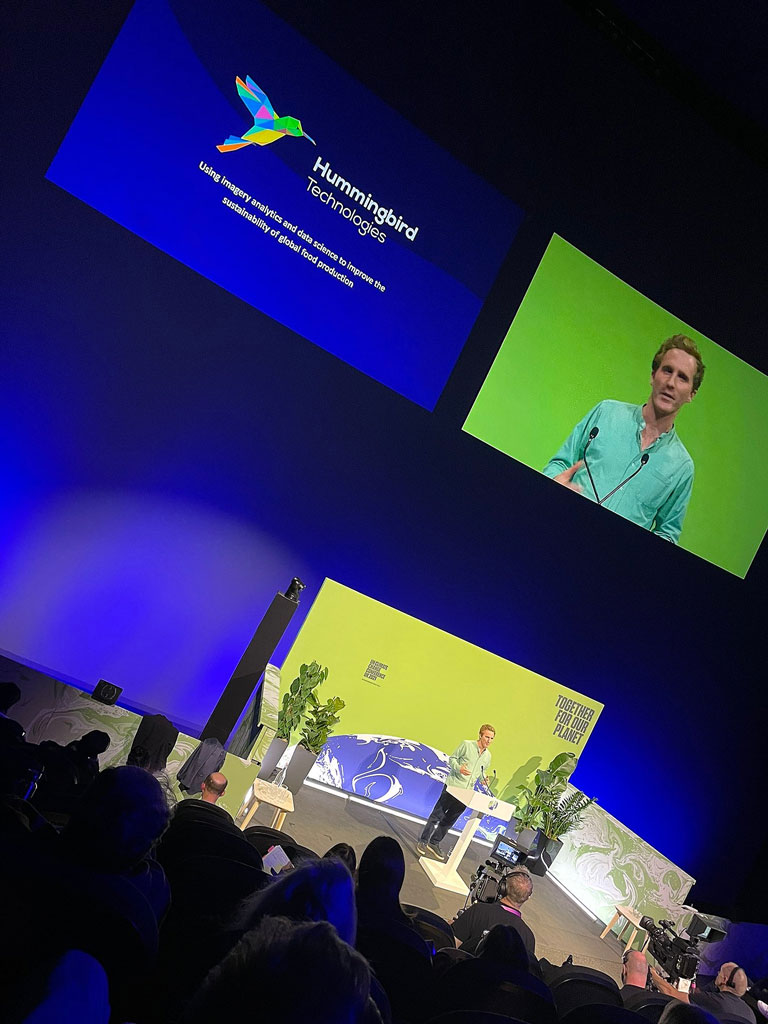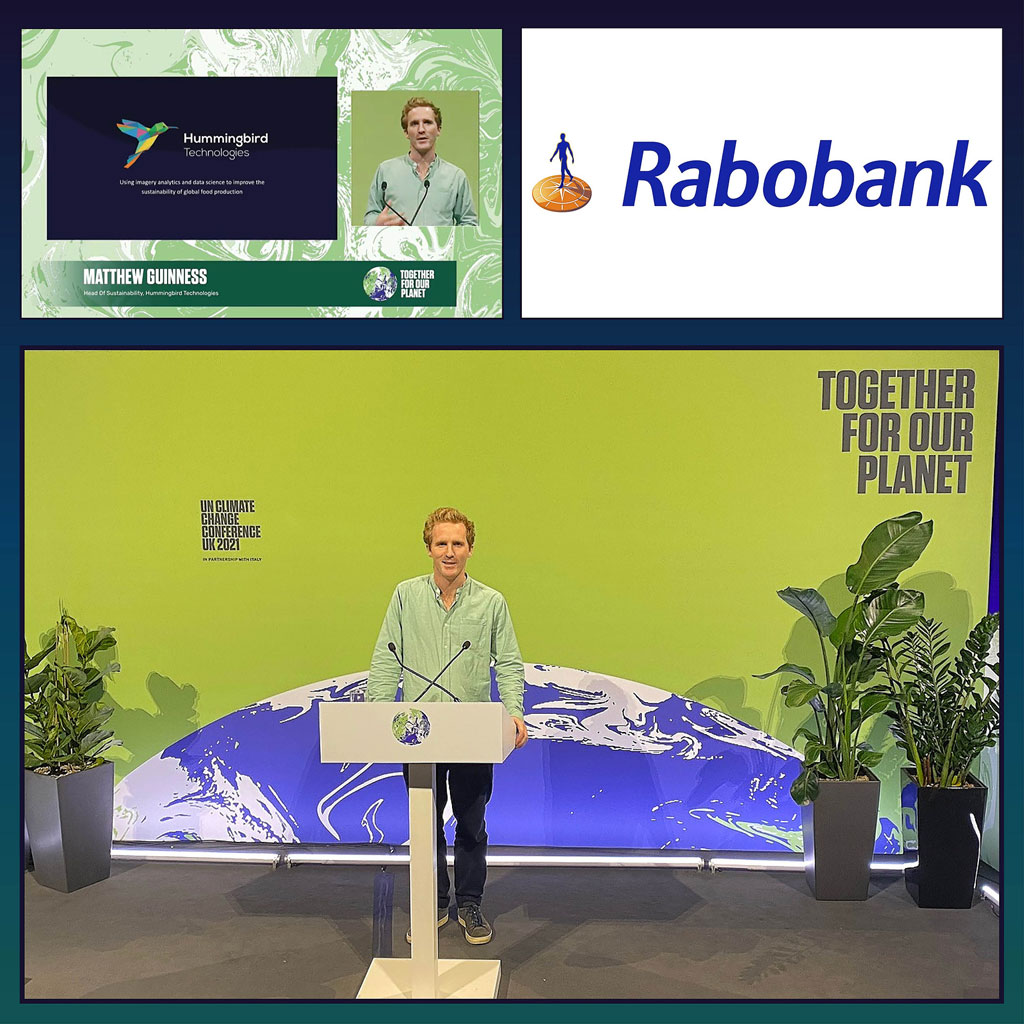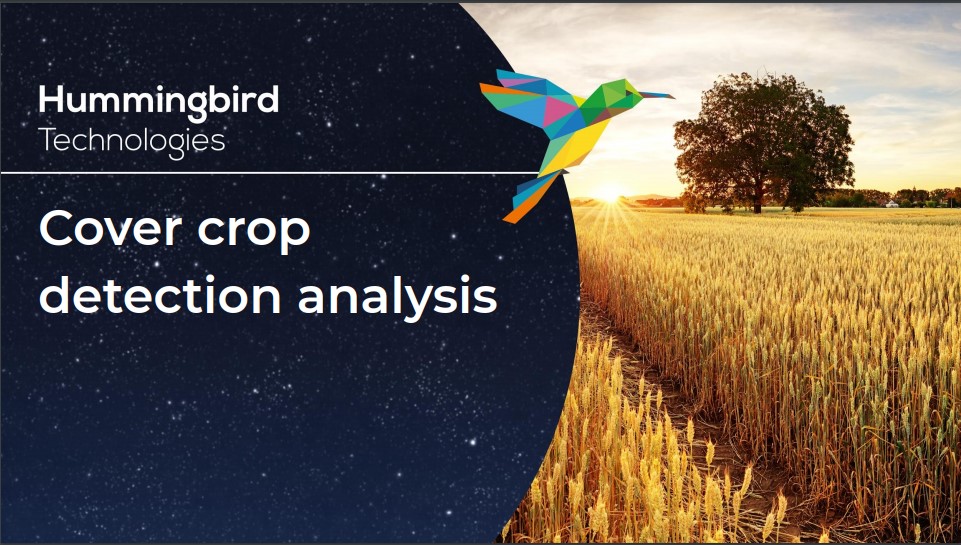Hummingbird has always been at the forefront of developing new and exciting partnerships in our mission to scale regenerative agriculture. Today, Hummingbird has been acquired by Agreena. The company is excited to combine its groundbreaking MRV technology with Agreena’s leading carbon programme and continue to develop the shared mission of supporting farmers and scaling regenerative agriculture.
“Agreena is on a mission to enable an international regenerative agriculture movement, and this market-leading MRV solution can deliver a massive scalable impact,” says Simon Haldrup, co-founder and CEO of Agreena. “We have been thoroughly investigating advanced technology solutions and working towards enhancing our protocol since day one – and with this acquisition, we are not only scaling, but also enhancing the integrity of carbon farming.”
Hummingbird and Agreena have collaborated closely for years, and have shared goals of developing more accurate and sustainable industry-wide agricultural technologies. This acquisition means that Agreena will bring key resources – financial and commercial – to accelerate the development of Hummingbird’s MRV (Monitoring, Reporting & Verification) technology, a crucial innovation that helps create trustworthiness around agricultural carbon certificates – and see this new chapter as a fresh start in the Hummingbird Technologies MRV story.
As the need for accurate and trusted MRV technology becomes increasingly vital for the future of the global food chain, Hummingbird will see its original vision carried through into this exciting new venture , working with one of the biggest names in the industry to develop solutions that deliver impact globally.
Press & Media Enquiries
Alexander Jevons
D: +44 7917 415 881







